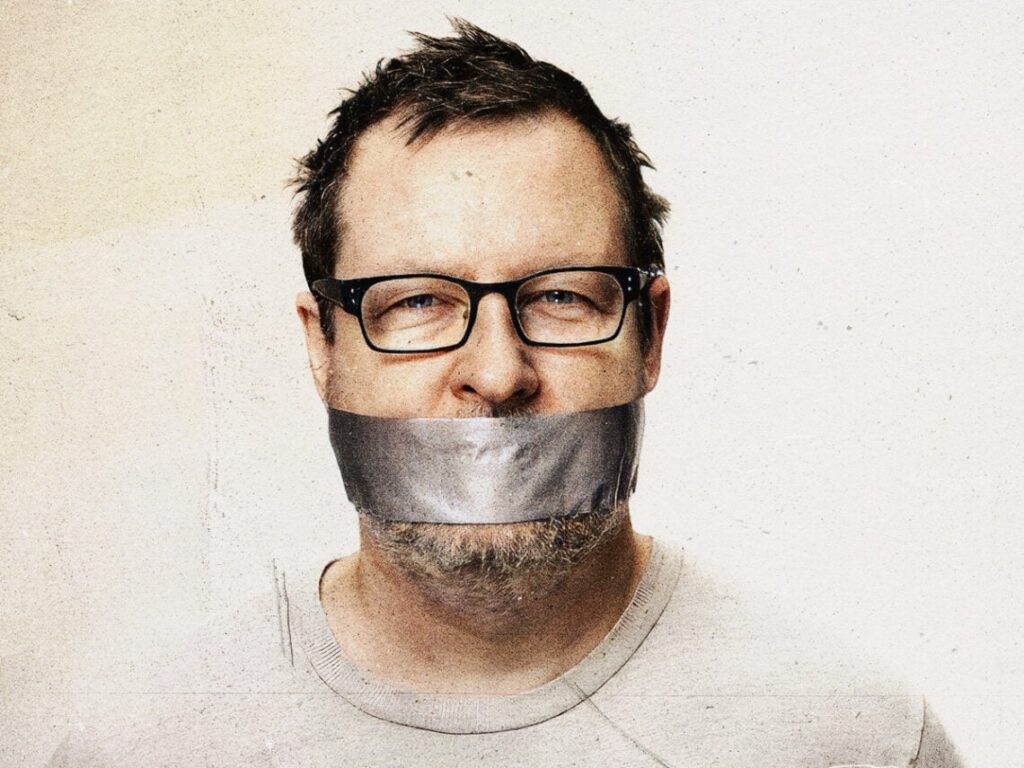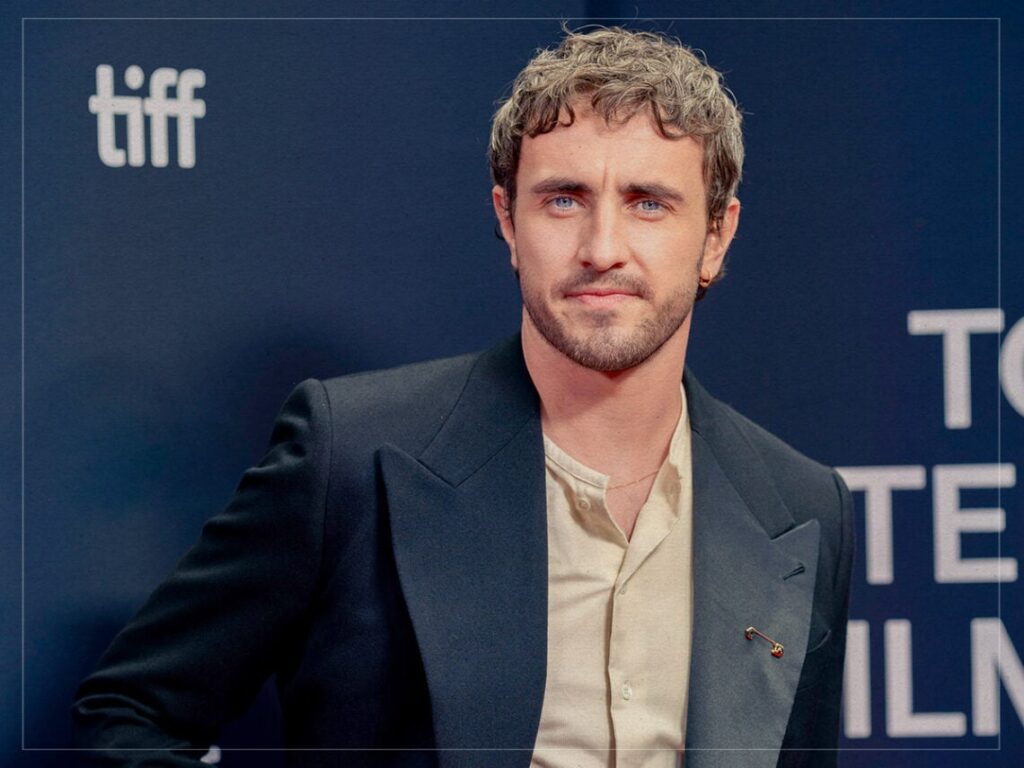The Stanley Kubrick movie Lars von Trier fell asleep watching three times
 Posted On
Posted On
(Credits: Far Out / Alamy)
Many great films are designed to purposefully challenge the viewer, testing our patience and our ability to sit through lengthy conversations, static shots with little action, or time periods and situations far removed from our own lives. However, in the modern age of Marvel and flashy blockbusters, even those with the shortest attention spans can sit through a two-and-a-half-hour film if enough chaos and drama continuously unfolds.
Admittedly, though, even the most seasoned cinephiles with a penchant for lengthy, complex tales and slow cinema might struggle to sit through certain films if they don’t contain much action. It’s easy to get distracted when there’s little going on or when the runtime is so mammoth that our stomach starts rumbling, or we remember that task we definitely should’ve done before sitting down in front of a three-hour film.
Sometimes, it takes several viewings of a long film to truly love it, getting more and more familiar with the characters and the complex storyline with repeated watches. Take a film like Jeanne Dielman, 23, quai du commerce, 1080 Bruxelles, for example. It’s over three hours long but contains little action, often forcing audiences to watch the titular character peeling potatoes or washing dishes in real time. For most people, it’s a challenging watch, but that’s entirely the point – to capture the mundanity, monotony and loneliness of the patriarchal expectations placed on women in the domestic sphere. When watched more than once, audiences can truly understand Jeanne’s pain even more.
For Lars von Trier, who isn’t averse to making long and complex films, there have been movies that have sent him to sleep due to the sheer scale and scope of them – only on repeated viewings did he realise that he was sitting in front of pure genius. One of these is Stanley Kubrick’s Barry Lyndon, which boasts a runtime of three hours. It captures the rise and fall of the titular character, played by Ryan O’Neal. The movie is a stunning watch, with its breathtaking cinematography, which helps the film to feel incredibly authentic to its time period – the late 18th century.
Alongside O’Neal, the film also stars Marisa Berenson, Gay Hamilton, Michael Hordern, Patrick Magee and Hardy Krüger. It won several Oscars, including ‘Best Cinematography’ for John Alcott, with many people considering it one of Kubrick’s greatest works. It’s an impressive feat of filmmaking, both visually and thematically, but for von Trier, it was hard to get through the whole movie the first time he was presented with it.
The filmmaker is known for his challenging work, like Nymphomaniac, which follows a woman as she recounts her intense sexual past, and Antichrist, which features many harrowing, sexually charged and violent scenes. Then there’s The House That Jack Built, which is, again, incredibly tough to watch – he even inserts POV shots of children getting shot. It’s safe to say that much of von Trier’s art is challenging, but this is something he has learnt from Kubrick.
Talking to Film Comment, he explained, “The first time I saw Barry Lyndon, I fell asleep three times. After that, I saw it another 20 times, and I loved it more and more each time. Sometimes art is not so easy to digest.” Indeed, sometimes, the most beautiful and unforgettable pieces of art are those that we cannot stomach or merely comprehend to begin with. Maybe when we first watch something, we’re at the wrong point in our lives to ‘get it’, and only on repeated viewings can a film reveal its true beauty and importance to us.
[embedded content]
Related Topics


